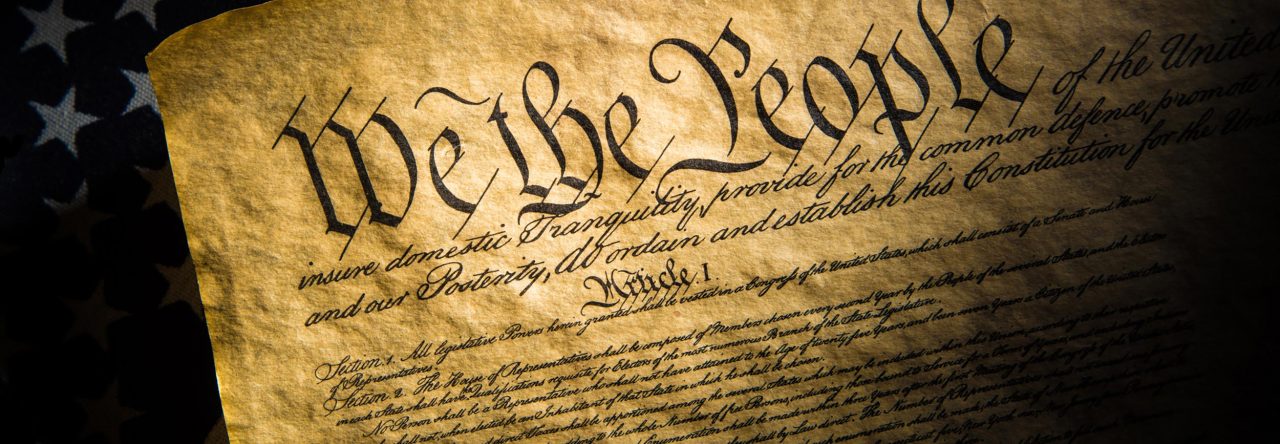Narrative Before Facts
When will the media acknowledge their role in spreading false and inflammatory stories about police shootings?
City Journal January 26, 2021
When officer Rusten Sheskey shot Jacob Blake seven times in the back last year, the media wasted no time establishing the standard narrative: another unarmed African-American shot by racist police.
In a CNN segment on August 25, anchor Jake Tapper said, “Video shows police shoot unarmed black man.” The Washington Post, CNN, PBS, Buzzfeed, Vogue, and several other outlets referred to Blake as “unarmed.” The day after the shooting, David A. Graham, a staff writer at The Atlantic, asserted, “It’s nearly impossible to imagine any way that his shooting was justified.”
Democratic politicians and celebrities jumped on the story, too. Joe Biden tweeted, “Once again, a Black man—Jacob Blake—was shot by the police. In front of his children. It makes me sick. Is this the country we want to be?” Kamala Harris declared that “the life of a black person in America has never been treated as fully human.” Naomi Osaka, the highest-paid female athlete in the world, tweeted to her more than 800,000 followers condemnation of the “continued genocide of Black people at the hand of the police.”
But as Blake himself admitted in a television interview with ABC News last week, he was not unarmed. “I realized I had dropped my knife, I had a little pocketknife, so I picked it up,” Blake told Michael Strahan on Good Morning America. More critically, Blake admitted his actions at the time were wrong: “I shouldn’t have picked it up . . . considering what was going on. . . . At that time I wasn’t thinking clearly.”
Blake’s astonishing admission came days after Kenosha County District Attorney Mike Graveley announced that his office would not charge Officer Sheskey, based on the results of an investigation by former Madison police chief Noble Wray. During a press conference, Wray emphasized that he, too, had been “emotionally troubled” after seeing the initial video of the police encounter in August, and that it had been a “stressful endeavor” to work in policing for several years as an African-American man. However, his 25-page report definitively concluded that the shooting was “justified” because Blake consistently did not comply with the officer’s orders and motioned toward him with his knife. Further, according to the report, Officer Sheskey did not retreat for reasonable fear of the children in the car being “harmed, taken hostage, or abducted by Blake.” For those who deemed the seven shots fired at Blake excessive, Wray’s report clarified that officers are trained to shoot dangerous suspects until the threat to their safety has subsided, according to the Wisconsin Department of Justice’s DAAT standards.
The tragic outcome of Blake’s error in judgment is that he will likely never walk again. But the false story fostered by politicians, media, and celebrities produced tragic outcomes, too. The ensuing riots in Kenosha destroyed several businesses and cost millions of dollars in damage to public property. In a heart-rending interview, the owner of a destroyed car dealership stated, “I’m a minority too. I’m a brown person. I have nothing to do with this. . . . This is not the America I came into.”
All of this pain, damage, and suffering certainly could have been averted had Blake obeyed the officer’s commands when he was first approached. But the irresponsible and ideologically framed coverage of this and other police shootings has also played a part in creating a dangerous feedback loop of mistrust of police, noncompliance with their lawful instructions, tragedy, and public outrage. (Blake also said in his Good Morning America interview, “I didn’t want to be the next George Floyd.”)
The most damning detail in this story, however, is that the victim himself, Blake, has expressed more honesty and remorse for his actions than the media and political elites who pushed an inflammatory, racialized narrative before all the facts were in.


Leave a Reply